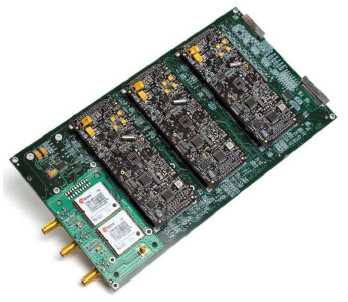In-flight orientation continues to be a challenge in fast forward flight, so I thought I'd try some LED lighting.

These lights are each 24 centimeter strips, with 24 LEDs molded in. I got them from eBay seller 'brledlight', and I'm amazed at the average selling price of these things.. less than $3 each! What a bargain.

Power is 12v, which makes a direct connection to the 3S battery a perfect fit.
In my tests, all four light strips run at full brightness down to 10 volts, so that's a match.
Each strip draws about 120mA, and I'm seeing 5 to 6 Watts total draw for all four.
To tap power, I connected to the ESC power connector (Deans) to add a JST tap.

The small blue lump in the wire is a 3A micro fuse, soldered inline on the positive lead. The wires on the LED strips are very thin, and I didn't want any of them starting a fire in the event of a crash/short, so it was important to get a fuse close to the power tap. From there, it fans out to all four strips.
I'm flying X mode, so for light pattern, I went with White for the two front arms, and Red/Green for the traditional Port/Starbord indicators.

The results are fantastic! I was able to fly in the dark without any issue. The orientation is obvious from any angle below the quadcopter, as the LEDs are not very directional. If anything, they are TOO bright, and my require a dimming resistor for more night flying if I want to keep any night vision when flying in close.
(Bottom View)

Overall, for a whopping $11 in LED strips and some zipties, this rocks!
Total added weight is 91 grams -- the strips are entirely potted in soft PVC(?).
I haven't flown these in daylight yet, but another option would be to go two-red/two-green if the white is not very visible. It's plenty bright, but so is the sky.
I've never flown anything at all in the dark, so this is a blast!
I will close camera hole today so i can mouth pan/tilt system.

